Surf Casting Lessons and Tips from World Record Holder Ron Arra
Learn surf casting lessons and tips from 5x casting champion and World Record caster Ron Arra. Casting farther is key to catching more fish!
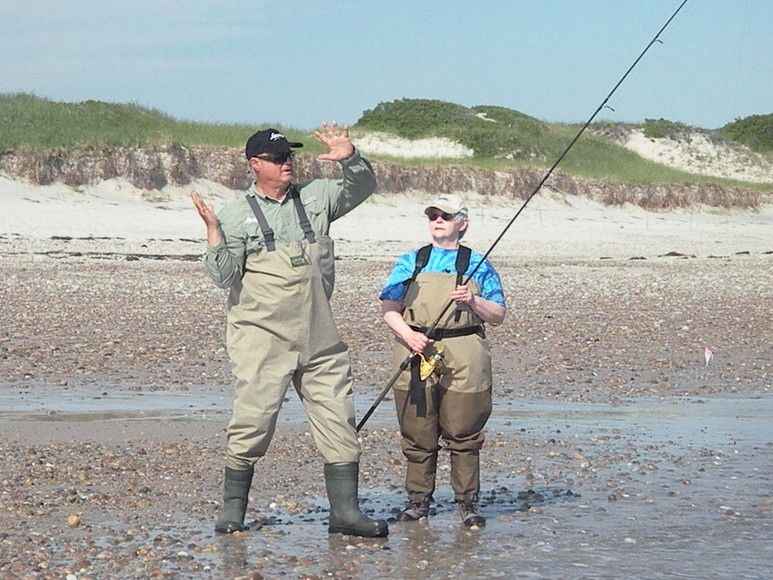
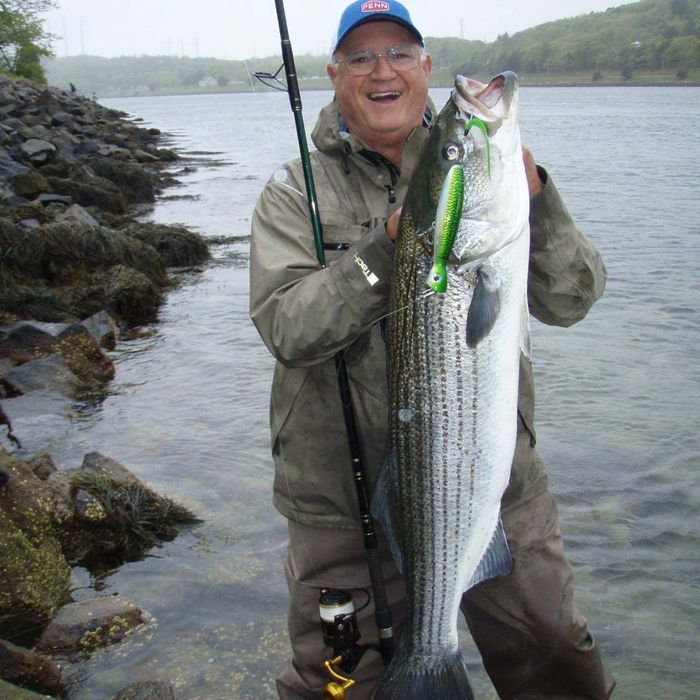
A little bit about our Author, Ron Arra:
Ron Arra is a 5-time United States Distance surfcasting Champion, world record holder, professional surf casting and fly casting instructor, and author of 2 best selling books on surf casting and two handed fly casting. Ron is a former professional baseball player and world-renowned angler. A surfcasting pioneer, Ron designed rods with Lamiglas for 25 years, including a 10’ two-piece surf rod that won Best Of Show in Las Vegas at the ICAST in 1997.
He is endorsed by many of the top fishing companies in the world including Penn, Century, Aftco, StrikePro, Fuji, Berkley, and more.
Ron has caught numerous 50+ lb stripers from the surf and in the Cape Cod Canal on his signature Strike Pro Ron Arra Lures. He was also the first person to cast across the Canal at Pole 100, which was a 786’ cast, and he also achieved a cast of 850 feet unofficially with no favorable wind. There is no better instructor to help you improve your surfcasting distance.

Book a casting lesson with Ron today!
Why Long Distance Surf Casting is an Important Skill
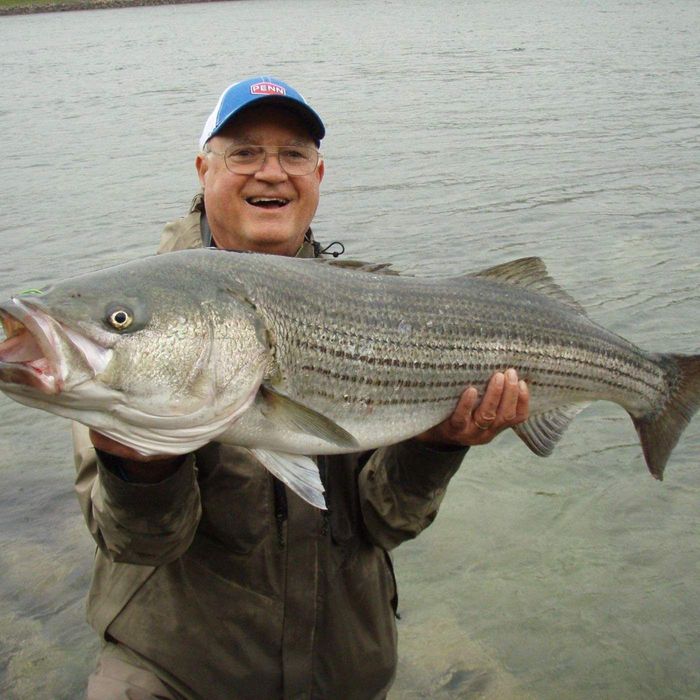
Long distance surf casting is one of the most important and misunderstood skills in striped bass fishing. As one of the most well-decorated long distance surf casters in the world, I’ve made it my mission to help surf anglers catch more fish by improving this crucial skill. When targeting bass from the beach or shoreline, long distance casting is one of the differentiators that separates good anglers from great ones. In fact, one of the simplest and easiest way to improve as a surf angler, to guarantee more hookups, and to catch more fish is to improve casting distance and accuracy.
Whether you’re surf fishing for striped bass, bluefish, albacore, sharks, or any type of gamefish, casting farther and more accurately can be a game changer in terms of getting your presentation in front of as many fish as possible. At the simplest level, casting farther distances means covering more water, and covering more water means you put your presentation in front of more fish. Moreover, casting accurately over long distances is crucial when casting at breaking fish. Many of my most exciting days on the water have been casting at breaking fish relatively far off the beach that many other anglers wouldn’t have been able to reach.
Of course, it’s also important to learn how to cast correctly since it will save your shoulder and back in addition to saving you money on tackle. If you cast using poor technique, you’ll not only be less accurate and cast less far than your potential, but you’re also at risk of injury, which will only decrease your accuracy further. Injuries from bad casting form might even cause you to miss days on the water, which you don’t want to do especially if you’re on vacation! My casting style can help anyone increase their casting distance and accuracy while exerting far less effort, like poetry In motion being relaxed!
I’m a lifelong educator, and I love giving casting lessons since I’m able to watch my clients’ casting form and distance improve as they learn from the tips and instructions I give them. The most rewarding part of my job is hearing the stories about fish my clients catch on their own when they apply the knowledge I pass on. One of my clients has caught numerous 50 lbers and even won his fishing club’s angler of the year since I started giving him lessons. Over the years, his casting and technique has drastically improved, which has led to him catching more (and bigger) fish! Many tournament casters have gained knowledge from my easy-to-learn casting technique and have gone on to win their competitions.

How to Cast Farther
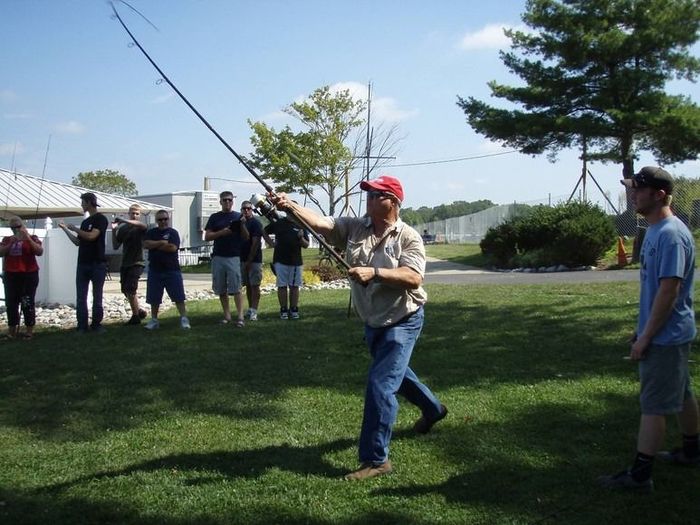
Casting farther and casting with less effort are two results that will come hand in hand if you use the correct casting technique. It’s easiest to demonstrate and give verbal cues in person, and giving casting lessons is my passion. Below, I’ll include my top casting tips, but you can read a much more in-depth, complete guide to farther surf casting in my book, The Ultimate Guide to Surfcasting.
- Use more of your body and less of your arm. In addition to protecting your shoulder from injury, this will allow you to take advantage of the full power of the rod
- Use your whole body. Bend at the knees, and take advantage of the angular momentum of twisting your hips. Follow the rod through so the tip finishes facing the same direction as the lure moving through the air.
- A common mistake is to cast way above your head and snap the rod like a whip. Mastering smooth, full-body motion will always get you more distance on your casts.
- The goal is a very fluid motion. Whipping the rod takes advantage of only the rod tip. A fluid, full-body motion will allow you to take advantage of the firm lower graphite section of the rod, which will transfer the power through the rod tip.
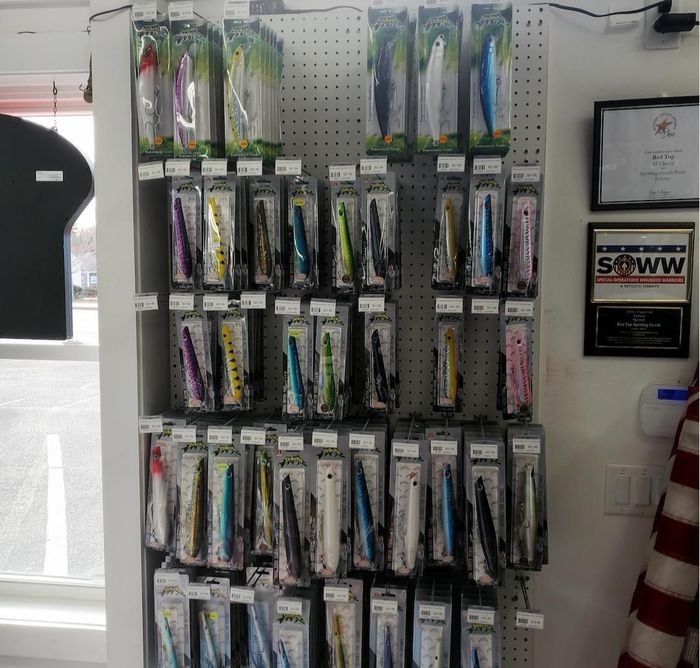
Selecting the Best Tides When Surf Fishing on Cape Cod
Another key to catching more fish in the surf is knowing the tides. That’s another aspect I like to emphasize and talk through with my clients when I give a lesson. It often depends on the location where you’re fishing, but there are some rules of thumb I generally like to go by.
If you’re fishing an estuary, river, or creek, it’s best to fish the outgoing tide, 1 hour to the drop.
If you’re fishing the open beach, it’s very productive to fish the incoming tide during the three hours before high tide. It’s also productive to fish the 3 hours outgoing tide.
If you’re fishing a rocky coast area, the incoming tide is very good because the bait fish will hide around the rocks as the water fills in.
Wherever you’re fishing, 40 minutes before sunrise is a great window for fishing because you’ll have a great opportunity to cast at breaking fish active on the surface.
Best Cape Cod Surf Casting Rods and Tackle
I typically recommend medium action rods, somewhere from nine to eleven and a half feet depending where you’re fishing. For estuaries and light tackle fishing, a nine footer is perfect. Especially if you have rocks behind you, you might not want a long surf casting rod. For the Cape Cod Canal, I’d go up to ten feet though to get some more distance. When there’s nothing behind you, that’s when I’d go longer to eleven feet or eleven and a half.
In terms of tackle, most of my trophy striped bass are caught on the surface with the Ron Arra Strike Pro Signature Plugs, which you can buy from Red Top Sporting Goods in Buzzards Bay. These are made out of high quality Japanese cyprus, and they’re the best in the game at raising big fish from deep water. My favorite is the Aqua Bomb pencil popper (4 oz). When there’s no breaking fish, I like to try deep swimmers and jigs. Another highly productive lure is a 3 oz bucktail jig.




